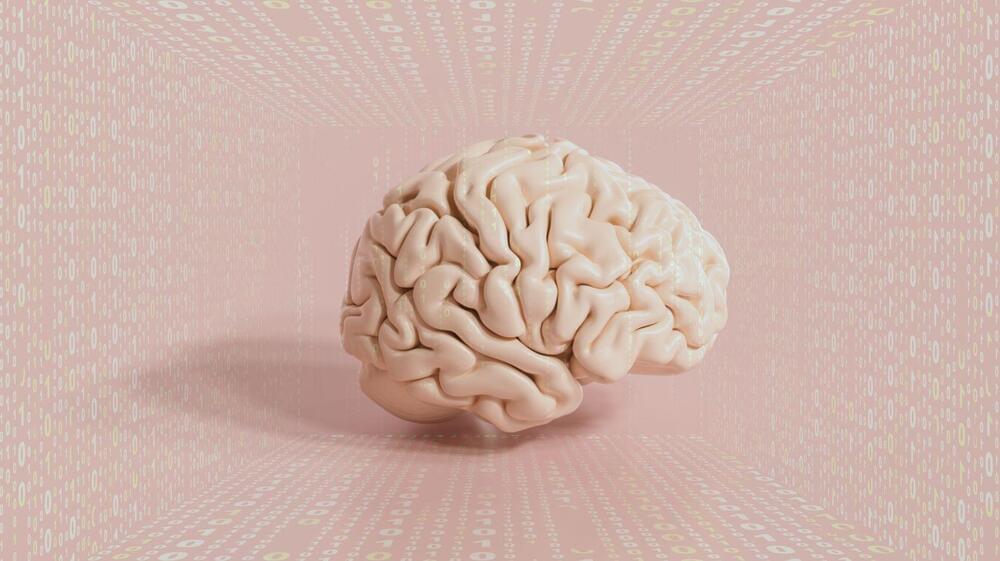Related: Worldcoin confirms it is the cause of mysterious Safe deployments
The stark contrast in the number of sign-ups before and after the launch suggests a lack of enthusiasm. However, the early on-boards also proved controversial, with one MIT report suggesting that the developers behind the project attracted the first million using deception, cash handouts and more, especially in developing countries where data laws are notably weak.
Worldcoin has drawn scrutiny and commentary from many well-known names in the crypto community, including Ethereum co-founder Vitalik Buterin and Twitter co-founder Jack Dorsey. In its defense, the project has maintained that it doesn’t collect personal information and can delete the biometric data upon user request.









